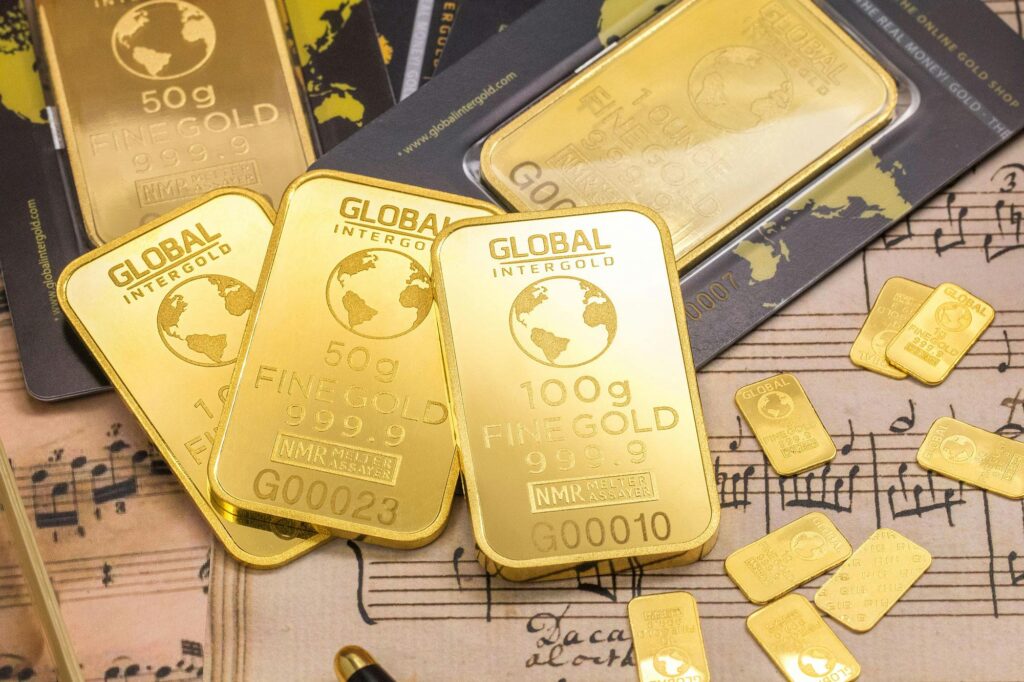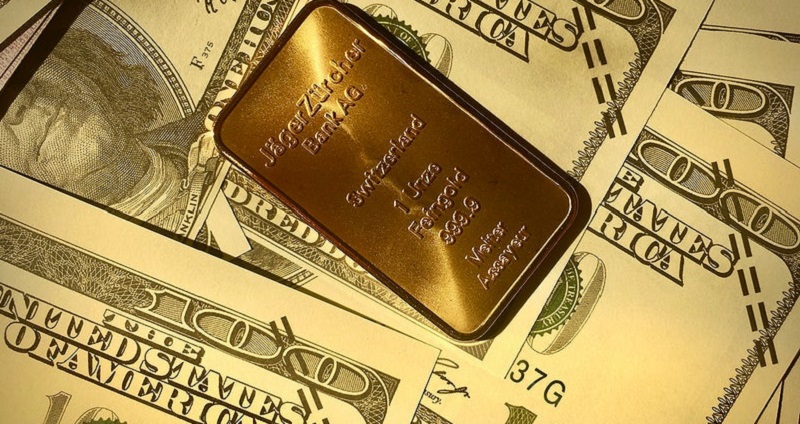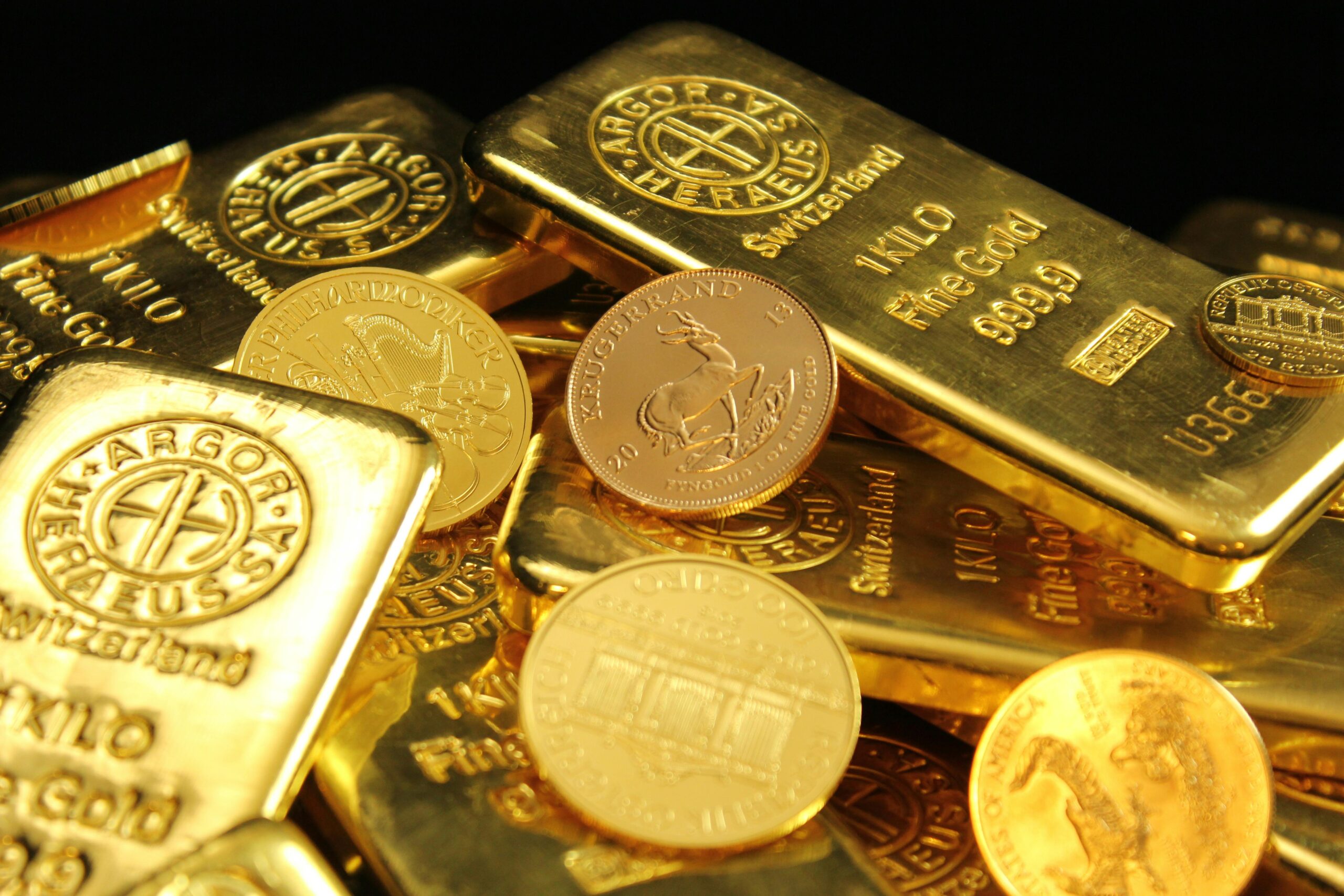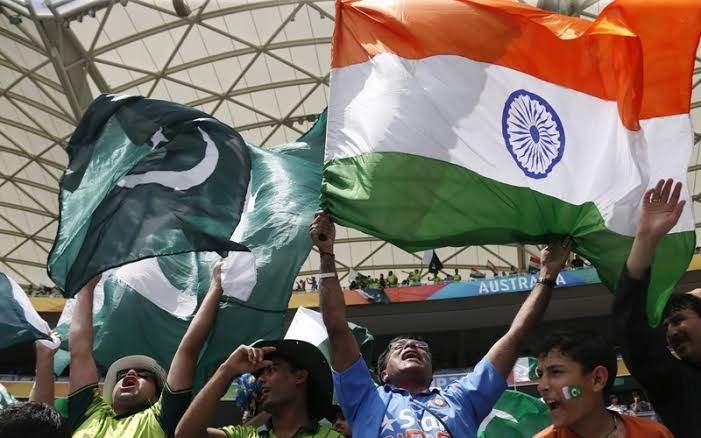In a significant development for investors and the jewelry market alike, gold prices in Pakistan have experienced a notable decline. According to the latest report by the All Pakistan Sarafa Gems and Jewelers Association, the price of 24-karat gold per tola dropped by Rs3,000 on Thursday. It now stands at Rs304,000, down from Rs307,000 on the previous trading day. Similar downward adjustments were observed in other gold denominations, while silver prices have remained largely unchanged.
Breaking Down the Numbers
The recent price adjustment highlights the volatility inherent in the precious metals market. In addition to the drop in the per tola price of 24-karat gold, the cost of 10 grams of the same purity decreased by Rs2,571, settling at Rs260,630 compared to Rs263,203 previously. Furthermore, 10 grams of 22-karat gold fell by Rs2,359, moving to Rs238,919 from Rs241,278. In contrast, silver prices have been stable; per tola silver continues to trade at Rs3,369, and 10 grams are steady at Rs2,888.
On the global stage, gold prices have also witnessed a decline. Internationally, gold dropped by $28 per ounce, from $2,921 to $2,893, aligning with the trend observed in Pakistan. Meanwhile, silver maintained its footing with global prices remaining stable at $32.32 per ounce.
Factors Behind the Price Decline
Several factors contribute to this downward movement in gold prices. First, global market trends play a pivotal role. The international gold price drop of $28 per ounce indicates that external pressures—such as shifts in investor sentiment, changes in economic forecasts, and fluctuations in major currencies—are influencing local markets. Since Pakistan’s gold prices are directly tied to international benchmarks, any global movement in gold prices is likely to be reflected locally.
Local economic conditions also weigh in. The Pakistani rupee’s performance against major currencies can affect gold prices significantly. A relatively stronger rupee makes gold imports less expensive, thereby potentially reducing the local price of gold. Furthermore, fluctuations in demand, both for investment purposes and for use in jewelry, can cause rapid changes in the market. As consumers and investors adjust their portfolios based on economic outlooks, even modest changes in global trends can lead to noticeable shifts in local pricing.

Impact on the Jewelry Market and Investors
For jewelers, traders, and individual investors, the drop in gold prices represents both a challenge and an opportunity. On one hand, lower prices can boost consumer demand, particularly among buyers who have been waiting for a price correction before making a purchase. Gold is often viewed as a safe-haven asset in times of economic uncertainty, and a more accessible price may encourage investment from a broader section of the public.
On the other hand, traders and investors who hold significant gold assets might see a temporary decline in the value of their portfolios. For many in Pakistan, gold is not only a form of investment but also a traditional store of wealth, passed down through generations. A sudden price drop can therefore have far-reaching implications on household savings and financial planning.
The Role of Global Economic Conditions
The global economic landscape continues to be a major driver behind fluctuations in the gold market. With inflation concerns, shifting interest rates, and geopolitical uncertainties affecting economies worldwide, investors often flock to gold as a hedge against risk. However, when global investors begin to move away from gold in favor of other assets, the price can drop, as seen in the current scenario.
In the past few months, there have been mixed signals from global financial markets. On one side, some investors see gold as a safe investment amid economic instability. On the other, improving economic indicators and the prospect of rising interest rates in some parts of the world have led to a reallocation of portfolios, thereby reducing the demand for gold. This delicate balance between risk aversion and economic optimism is one of the key reasons why gold prices can be so volatile.
The Significance of Silver’s Stability
While gold prices have experienced a notable decline, silver prices have remained relatively stable both locally and internationally. In Pakistan, silver per tola remains at Rs3,369, and the 10-gram price is steady at Rs2,888. Similarly, on the global market, silver is trading steadily at $32.32 per ounce.
This stability in silver prices suggests that while investors may be reacting to global cues by adjusting their gold holdings, silver is not currently in the same crosshairs. Silver, often considered both an industrial metal and a precious metal, sometimes follows different demand-supply dynamics compared to gold. For investors looking to diversify their precious metals portfolio, this difference in performance can offer an alternative hedge against economic uncertainties.

What Does This Mean for the Future?
The current drop in gold prices in Pakistan is likely to be viewed as part of a cyclical trend rather than a permanent shift. The precious metals market is known for its fluctuations, which are influenced by a variety of global and local factors. Analysts suggest that if global economic conditions continue to stabilize, there could be a rebound in gold prices in the coming months. However, if economic uncertainties persist or worsen, the lower prices might hold for an extended period.
For consumers, this might be a good time to purchase gold if they have been waiting for a price dip. Lower prices can mean more affordable jewelry and investment opportunities. Yet, potential buyers should remain cautious. Market conditions can change rapidly, and while the current trend is downward, future global events or changes in local economic policy could reverse the trend unexpectedly.
Expert Opinions and Market Predictions
Financial experts emphasize the importance of keeping an eye on both global trends and domestic economic indicators. Many suggest that while the current drop in gold prices is significant, it should be seen in the context of broader economic cycles. Investors are advised to adopt a long-term perspective and diversify their investment portfolios. Gold, after all, is just one component of a well-rounded investment strategy.
Experts also point out that the stability in silver prices might indicate a degree of market confidence in industrial metals, which could be buoyed by global manufacturing trends. As economies around the world continue to adjust to new normal conditions post-pandemic, the demand for various precious metals may evolve, leading to shifts that are not entirely predictable.
Government Policies and Their Impact
Local government policies and regulatory measures also play a crucial role in shaping the precious metals market in Pakistan. For example, import duties, taxation policies, and trade regulations can all impact the final retail prices of gold and silver. Any changes in these policies can either exacerbate or mitigate the price fluctuations observed in the current market.
In recent years, there has been considerable debate among policymakers about how best to stabilize the market and protect the interests of both consumers and investors. Measures that promote transparency in pricing and ease of transactions are often welcomed by market participants. It remains to be seen whether future policy changes might help cushion the impact of global economic shocks on local gold prices.
A Call for Cautious Optimism
While the significant drop in gold prices has certainly caught the attention of investors and the general public, many experts advocate for cautious optimism. Markets are inherently unpredictable, and today’s dip could very well be a precursor to a period of recovery. Investors are encouraged to monitor economic developments closely and adjust their strategies accordingly.
For those in the jewelry business, the current situation offers a moment to reassess inventory levels and pricing strategies. Lower prices may drive sales in the short term, but businesses will need to remain agile in order to navigate future market shifts. Likewise, individual investors should consider their broader financial goals and risk tolerance when deciding whether to buy more gold at these lower prices or hold on to their existing assets in anticipation of a rebound.
Conclusion
The recent major drop in gold prices in Pakistan—marked by a Rs3,000 decrease per tola for 24-karat gold—reflects a complex interplay of global economic factors and local market dynamics. While the decline aligns with a broader international trend, the stability in silver prices provides an interesting counterpoint, suggesting that not all precious metals are equally affected by current market conditions.
As Pakistan’s investors, jewelers, and consumers digest this development, the overarching message is one of cautious observation. The current price dip may present opportunities for those looking to invest, yet it also underscores the need for diversification and long-term planning in an inherently volatile market.
Moving forward, keeping abreast of both global economic trends and domestic policy shifts will be crucial. Whether the current downturn in gold prices proves to be a temporary setback or the beginning of a longer-term trend remains to be seen. In the meantime, the market continues to offer a mixed bag of challenges and opportunities—a reminder that in the world of precious metals, change is the only constant.
For now, as global investors watch international gold prices drop by $28 per ounce and local buyers see prices adjust accordingly, the focus remains on preparedness and informed decision-making. With the right strategies in place, stakeholders can navigate these turbulent times and potentially capitalize on the opportunities that arise from market fluctuations.




